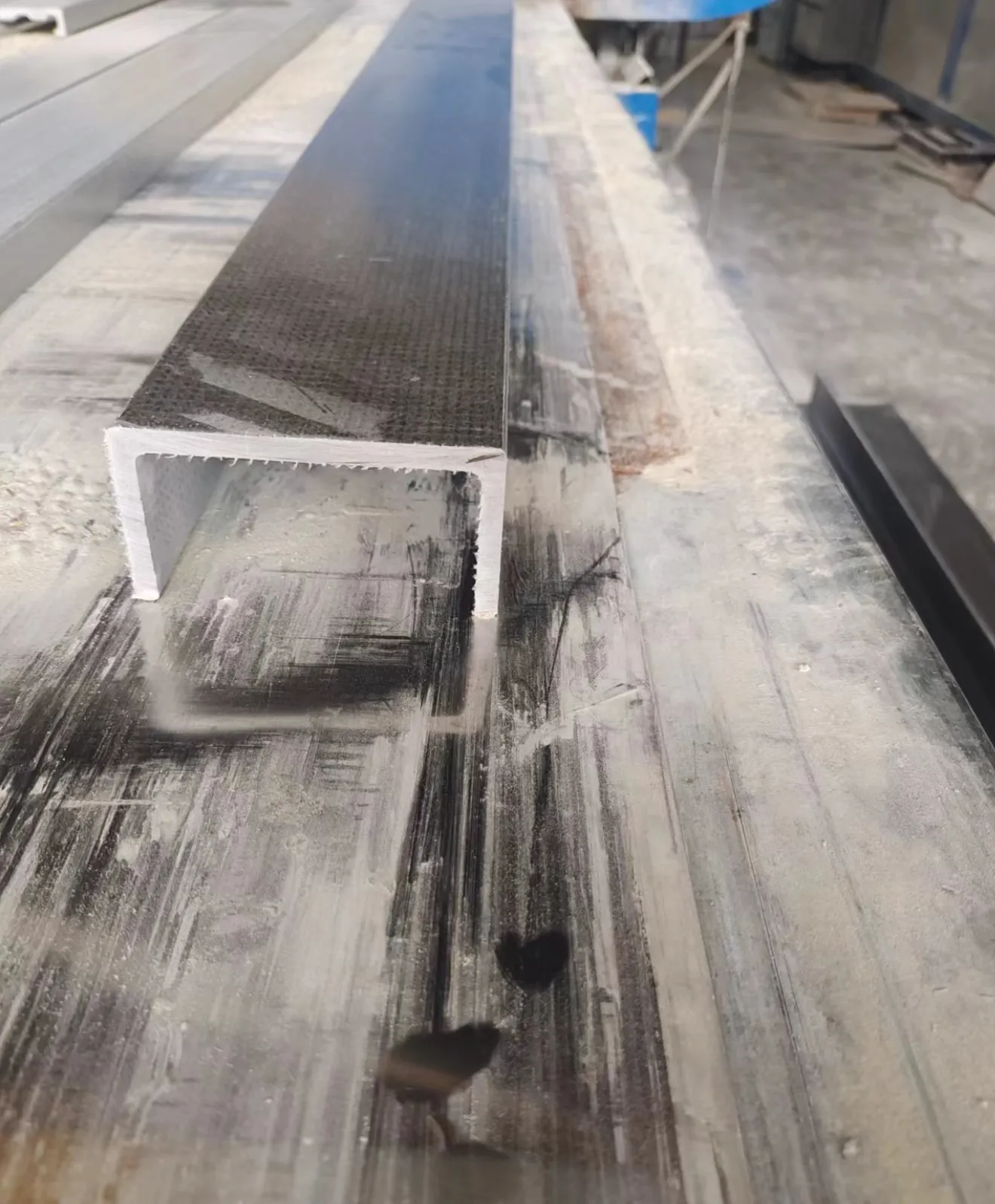loading...
- No. 9, Xingyuan South Street, Dongwaihuan Road, Zaoqiang County, Hengshui, Hebei, China
- admin@zjcomposites.com
- +86 15097380338
- Welcome to visit our website!
frp channel
Understanding FRP Channel A Key Component in Modern Infrastructure
Fiber Reinforced Polymer (FRP) channels represent a significant advancement in material science and engineering, offering unique properties that make them ideal for various applications in modern infrastructure. These channels, made from composite materials that incorporate fibers for added strength and polymer resins for durability, present numerous benefits compared to traditional building materials like steel and concrete.
Understanding FRP Channel A Key Component in Modern Infrastructure
Furthermore, FRP channels boast outstanding corrosion resistance. Traditional materials, particularly steel, are susceptible to rust and degradation when exposed to moisture and various environmental conditions. In contrast, FRP channels are impervious to corrosion, making them ideal for use in harsh environments such as chemical processing plants, wastewater treatment facilities, and coastal regions. This durability extends the lifespan of infrastructure, significantly reducing maintenance costs and the need for frequent repairs.
frp channel

Another notable feature of FRP channels is their impressive structural strength. The fiber reinforcement used in their construction enhances their tensile and compressive strength, allowing them to support significant loads without deformation. This capability opens up possibilities for their use in critical structural applications, including bridges, girders, and support beams. The high strength-to-weight ratio of FRP materials promotes the creation of more efficient and aesthetically pleasing designs.
In addition to their structural capabilities, FRP channels also offer versatility in design. They can be molded into various shapes and sizes, allowing engineers the freedom to create custom solutions suited to specific project requirements. This adaptability has led to their increasing adoption in various sectors, including construction, aerospace, and automotive industries. Furthermore, as sustainability becomes a greater focus in engineering, the potential for FRP materials to be designed with recycled fibers and resins presents additional environmental benefits.
The application of FRP channels is not limited to new constructions; they are also beneficial in retrofitting existing structures. By reinforcing old buildings with FRP components, engineers can enhance structural integrity without compromising existing designs. This innovative approach not only prolongs the life of old infrastructures but also meets modern safety standards.
In conclusion, FRP channels offer a combination of lightweight properties, exceptional corrosion resistance, and remarkable structural strength, making them an ideal choice for a wide range of applications. As the engineering world increasingly leans towards sustainable and durable construction solutions, the utilization of Fiber Reinforced Polymer channels is expected to expand, revolutionizing how we think about infrastructure development and maintenance. With their myriad advantages, FRP channels stand out as a critical component in the future of building and design, promising efficiency and longevity in our engineered environments.
-
The Rise of FRP Profiles: Strong, Lightweight, and Built to LastNewsJul.14,2025
-
SMC Panel Tanks: A Modern Water Storage Solution for All EnvironmentsNewsJul.14,2025
-
GRP Grating: A Modern Solution for Safe and Durable Access SystemsNewsJul.14,2025
-
Galvanized Steel Water Tanks: Durable, Reliable, and Ready for UseNewsJul.14,2025
-
FRP Mini Mesh Grating: The Safer, Smarter Flooring SolutionNewsJul.14,2025
-
Exploring FRP Vessels: Durable Solutions for Modern Fluid HandlingNewsJul.14,2025
-
GRP Structures: The Future of Lightweight, High-Performance EngineeringNewsJun.20,2025
